Growing Aerospace Industry
The aerospace industry is a critical driver for the Metal Forming Market, as it requires high-performance materials and components that can withstand extreme conditions. The demand for lightweight and durable parts is increasing, particularly with the rise of new aircraft models and the push for more fuel-efficient designs. The aerospace sector is projected to grow at a rate of approximately 3.5% annually, which will likely boost the demand for advanced metal forming techniques. Manufacturers are focusing on developing innovative forming processes to meet the stringent requirements of the aerospace industry, thereby enhancing the Metal Forming Market's prospects.
Increased Focus on Sustainability
The increased focus on sustainability is influencing the Metal Forming Market, as companies seek to reduce their environmental impact. The demand for eco-friendly materials and processes is rising, prompting manufacturers to adopt sustainable practices in metal forming. This shift is expected to lead to a growth rate of around 4% in the adoption of green technologies within the industry. Companies are investing in recycling initiatives and energy-efficient processes to align with global sustainability goals. As a result, the Metal Forming Market is likely to evolve, with a greater emphasis on sustainable practices that meet both regulatory requirements and consumer expectations.
Rising Demand in Automotive Sector
The automotive sector is a primary driver for the Metal Forming Market, as it increasingly relies on advanced metal forming techniques to produce lightweight and durable components. The demand for electric vehicles and fuel-efficient cars has surged, leading to a projected growth rate of approximately 4.5% annually in the automotive metal forming segment. This trend necessitates innovative forming processes that enhance performance while reducing weight. As manufacturers strive to meet stringent regulations on emissions, the need for high-strength materials and complex geometries becomes paramount. Consequently, the Metal Forming Market is poised to benefit from this rising demand, as companies invest in new technologies and processes to remain competitive.
Infrastructure Development Initiatives
Infrastructure development initiatives are significantly influencing the Metal Forming Market, particularly in regions where urbanization is accelerating. Governments are investing heavily in infrastructure projects, including bridges, roads, and buildings, which require a vast array of metal components. The construction sector's growth is expected to drive the demand for metal forming processes, with an estimated increase of 5% in metal forming applications for construction materials. This trend indicates a robust market for metal forming technologies, as manufacturers adapt to meet the specific needs of infrastructure projects. The Metal Forming Market stands to gain from these initiatives, as they create opportunities for innovation and efficiency in production.
Technological Innovations in Manufacturing
Technological innovations are reshaping the Metal Forming Market, as advancements in automation, robotics, and artificial intelligence enhance production efficiency. The integration of smart manufacturing technologies is expected to increase productivity by up to 20% in metal forming operations. These innovations allow for more precise control over the forming processes, reducing waste and improving product quality. As manufacturers adopt these technologies, they can respond more effectively to market demands and customize products to meet specific client needs. The Metal Forming Market is likely to experience growth as companies leverage these advancements to optimize their operations and expand their capabilities.


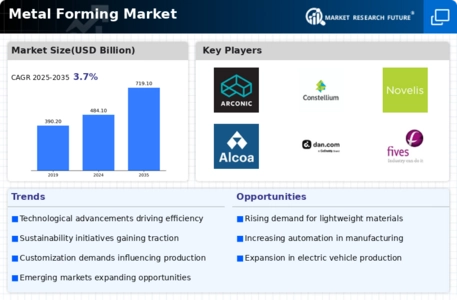
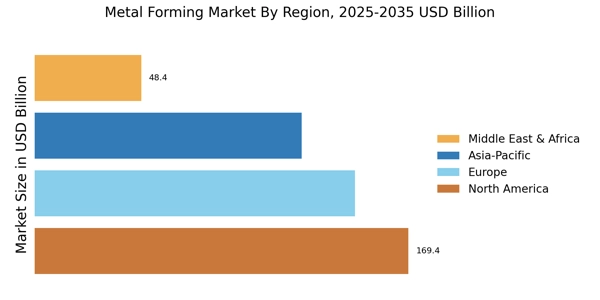
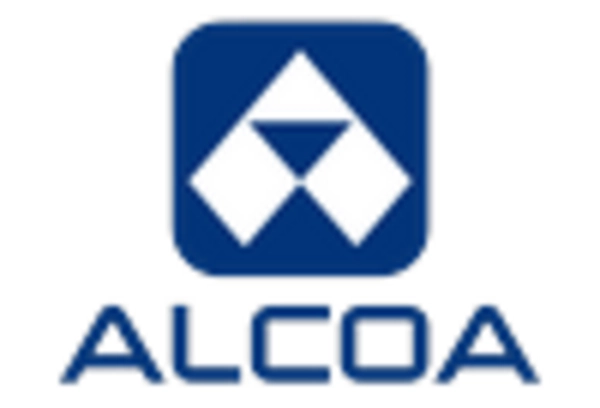

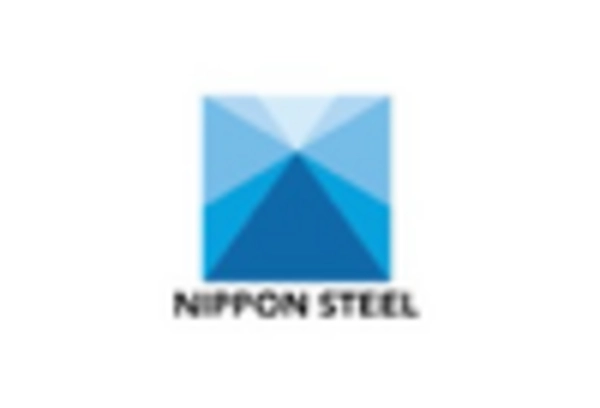
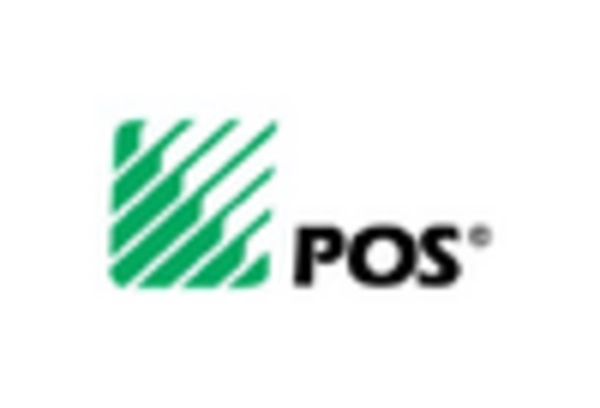
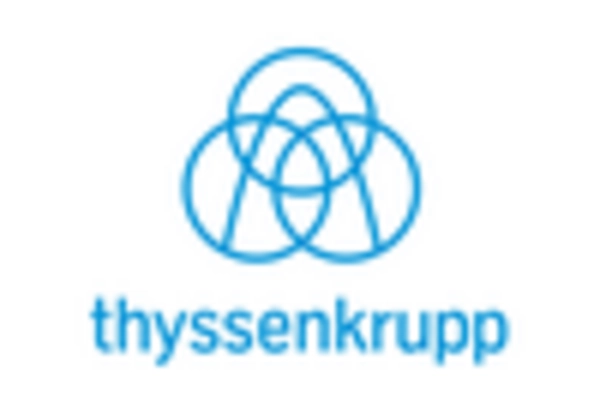
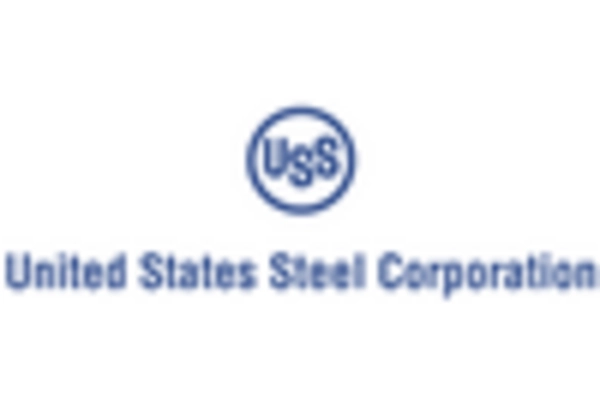








Leave a Comment